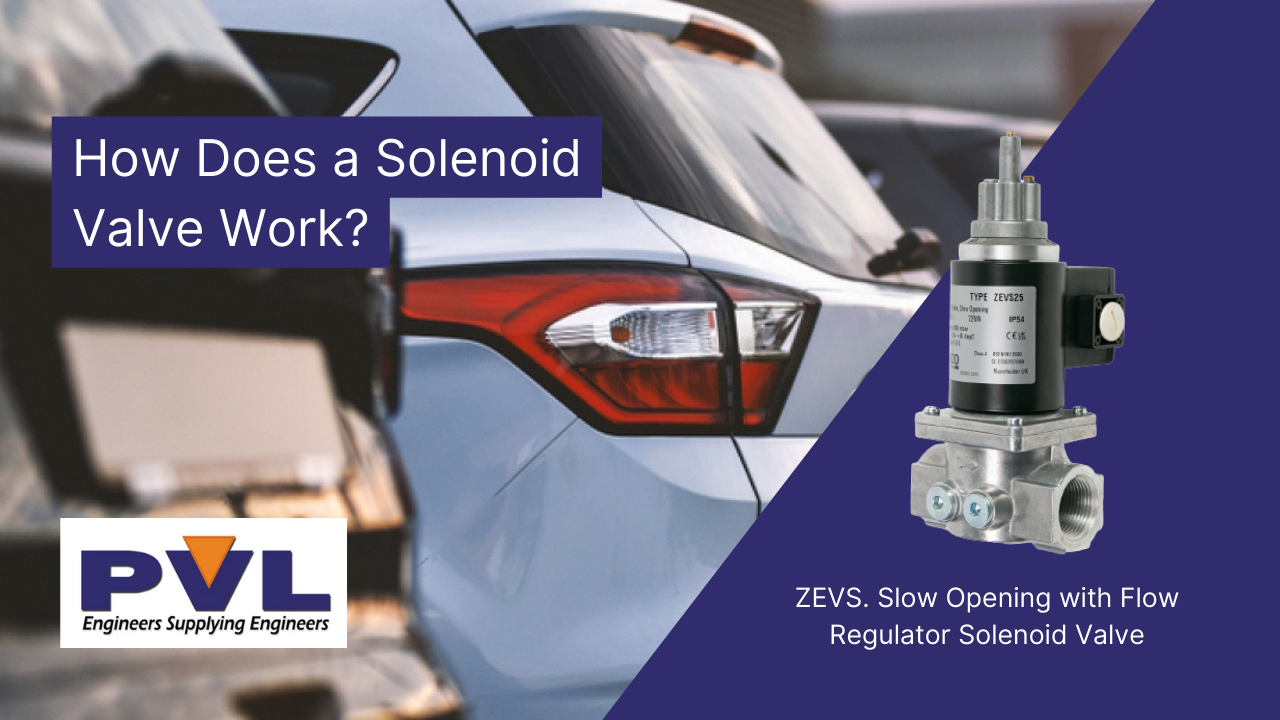
How Does a Solenoid Valve Work?
Have you ever wondered how water magically flows in your washing machine or how fuel enters your car's engine? The answer lies in a small yet ingenious device called a solenoid valve. This simple yet effective valve plays a crucial role in controlling the flow of various fluids and gases in many everyday appliances and industrial processes. Let's take a closer look at how a solenoid valve works.
What is a Solenoid Valve?
A solenoid valve is a type of electromechanical device that uses the power of electricity to control the flow of liquids or gases through a pipe or tube. It consists of two main components: a solenoid and a valve. The solenoid is an electromagnet, typically made of coiled wire, while the valve is a mechanism that allows or blocks the flow of the fluid.
How Do They Work?
1. The Solenoid: The magic starts with the solenoid. When an electric current flows through the coiled wire, it creates a magnetic field around the coil. The strength of this magnetic field depends on the amount of current flowing through the wire—the more current, the stronger the magnetic field.
2. The Valve: Attached to the solenoid is the valve. This valve consists of a plunger or a disc made of magnetic material. When the solenoid is energised (powered on), the magnetic field attracts the plunger, pulling it into the centre of the coil.
3. Opening the Valve: As the plunger moves into the coil, it opens up a small passageway in the valve. This passageway allows the fluid or gas to flow through the valve and into the pipe or tube connected to it. Imagine it like opening a faucet—when you turn the handle, water flows out.
4. Closing the Valve: Once the electric current to the solenoid is turned off, the magnetic field disappears. Without the magnetic force pulling it, the plunger returns to its original position, closing the passageway in the valve. As a result, the flow of fluid or gas is blocked, just like turning off a faucet stops the water flow.
Applications of Solenoid Valves
Solenoid valves find applications in a wide range of industries and everyday devices. Some common uses include:
- Home Appliances: In washing machines, dishwashers, refrigerators, and water dispensers, solenoid valves control the flow of water.
- Automotive: In cars, solenoid valves manage fuel flow and control various functions in the engine and transmission.
- HVAC Systems: Heating, ventilation, and air conditioning systems use solenoid valves to regulate the flow of refrigerants and control the temperature.
- Industrial Processes: Solenoid valves play a vital role in industrial processes like controlling the flow of fluids in pipelines, gas and liquid chromatography, and pneumatic systems.
Summary
Solenoid valves are marvellous little devices that use the power of electromagnetism to control the flow of fluids and gases. By harnessing the magic of electricity, these valves enable the smooth functioning of various appliances and industrial processes, making our lives more convenient and efficient. So, the next time you turn on your washing machine or start your car, remember the unsung hero—the solenoid valve—that makes it all possible!
Contact Us
Pressure Vacuum Level Ltd has been selling high-quality solenoid valves for over 28 years. PVL provides these devices for various industries.
Don't hesitate to contact us if you have any questions about our solenoid valves by emailing sales@pvl.co.uk or calling +44 (0) 1892 66 44 99


